PPT-The Medical Renaissance
Author : karlyn-bohler | Published Date : 2017-04-02
c 15001700 5 October 2016 Michael Bycroft The old medicine 500bc200ad Athens and Rome The new medicine 15001600 Europe Limits of the new medicine 16001700 Europe
Presentation Embed Code
Download Presentation
Download Presentation The PPT/PDF document "The Medical Renaissance" is the property of its rightful owner. Permission is granted to download and print the materials on this website for personal, non-commercial use only, and to display it on your personal computer provided you do not modify the materials and that you retain all copyright notices contained in the materials. By downloading content from our website, you accept the terms of this agreement.
The Medical Renaissance: Transcript
Download Rules Of Document
"The Medical Renaissance"The content belongs to its owner. You may download and print it for personal use, without modification, and keep all copyright notices. By downloading, you agree to these terms.
Related Documents

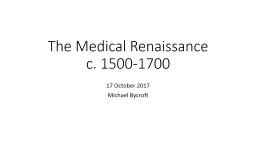
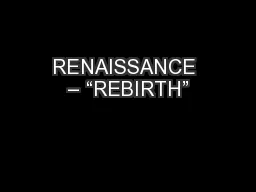
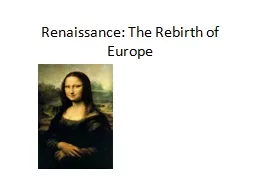
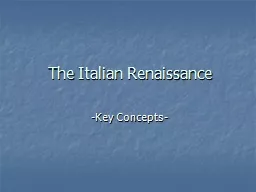
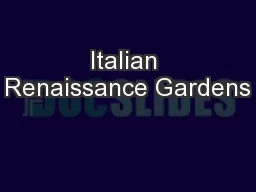

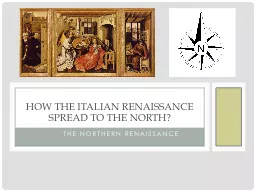
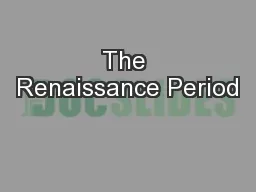


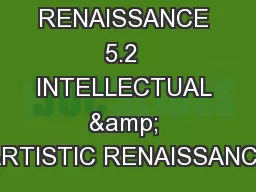
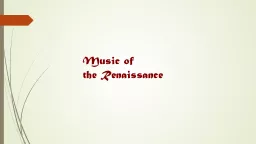
![Renaissance Italy http://www.kmkz.com/jonesj/gallery/renaissance italy[1].jpg](https://thumbs.docslides.com/717618/renaissance-italy-http-www-kmkz-com-jonesj-gallery-renaissance-italy-1-jpg.jpg)
